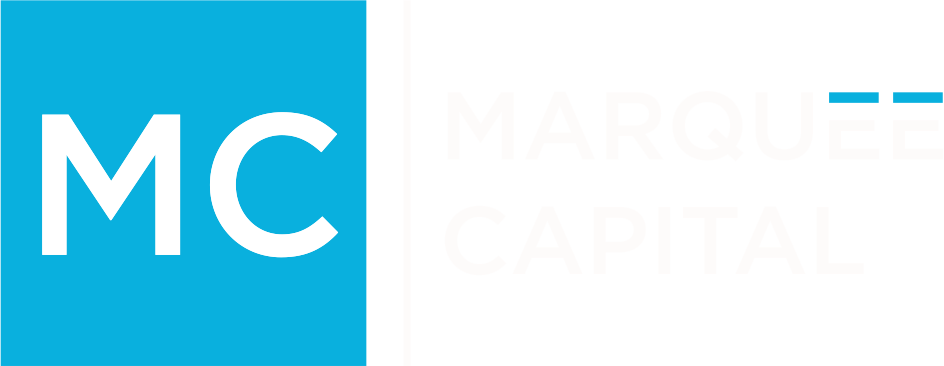First featured on LinkedIn:

Marketability and Future Growth
In our final post, we highlight how we try to predict how the asset will perform in the future. These strategies not only improve NOI in the short term but also ensure that when the time comes to divest, the property stands out in the competitive landscape, attracting premium offers and delivering substantial returns to our investors.
Replacement Value
In our underwriting process, evaluating a retail property’s replacement value is a cornerstone strategy. By targeting properties that we can acquire at or below their replacement cost, we secure assets with an inherent competitive edge that’s difficult for others to replicate. In today’s environment, where construction costs are on the rise, this approach sets a high barrier for new entrants, protecting our investments from being easily undercut in terms of price or value. Moreover, this strategy grants us the flexibility to allocate funds towards future renovations or enhancements, thereby bolstering the property’s allure and return potential without the burden of significant upfront expenses. Through such strategic acquisitions, we not only fortify our market position but also enhance the property’s appeal to tenants and customers, paving the way for sustained profitability and growth.
Value addition
We recognize the untapped value that undeveloped land represents in a retail investment. Depending on its position in the property and overall market, undeveloped land can provide a variety of uses. Expanding the retail area by developing additional units not only attracts more visitors and prolongs their stay but also significantly increases the property’s rental income potential. Alternatively, divesting parts of this land to developers keen on adding complementary services injects immediate capital into our projects, enhancing overall value. Another avenue we explore is ground leasing, allowing us to benefit from the development initiatives of others while maintaining ownership, creating a win-win situation by boosting the property’s foot traffic and value, all without bearing the direct costs and risks of development.
Leasing
In our approach to underwriting retail properties, we conduct a thorough evaluation of leases to identify potential avenues for adding value. Recognizing that each property presents unique challenges and opportunities, we devise leasing strategies tailored to its specific circumstances. For properties with high occupancy, our focus shifts to replacing any financially unstable tenants, negotiating problematic lease terms during lease renewals with current tenants, and attempting to stagger lease expirations to create a consistent and stable income stream. On the other hand, properties facing higher vacancy rates offer an opportunity to innovate through alternative revenue streams like pop-up stores, advertising opportunities, and specialty leasing in the short term, while redevelopment efforts can be made to refurbish and modernize empty spaces. These strategies aim to enhance the property’s appeal, increase visibility to potential tenants, and ultimately drive new interest and foot traffic.
Operational Efficiencies
When underwriting historical operations, a key focus is on finding opportunities for creating efficiencies, particularly through cost reduction measures that boost the net operating income (NOI). By adopting energy-efficient lighting and HVAC systems, we’re able to cut down on operational expenses considerably. We also take a strategic approach to managing Common Area Maintenance (CAM) costs, rigorously auditing these expenses to ensure they’re in line with our budgetary goals and exploring every avenue to employ technology or renegotiate service contracts for more favorable terms. This meticulous attention to operational costs not only improves NOI, contributing to a healthier bottom line, but also advantages our tenants by potentially reducing their service charges. This strategy makes our properties more competitive in the market and more attractive to both current and prospective tenants, underlining our commitment to maximizing the value of our investments through smart operational management.
Summary
As we conclude our six-part series on underwriting retail assets, it’s imperative to underscore that the distinct divisions of underwriting cannot be analyzed in isolation. The interconnected nature of these elements demands a holistic approach to truly grasp the multifaceted value and potential of a retail property. For example, the location influences tenant mix attractiveness; physical aspects affect financial viability and operational costs; lease clauses directly impact future growth prospects and financial stability. By integrating these components, we can construct a comprehensive and accurate picture of the property, enabling informed decision-making that aligns with strategic investment goals. This series has illuminated the complexity and importance of each factor in the underwriting process, emphasizing that success in retail real estate investment hinges on the synergistic examination and understanding of these interconnected dimensions.
